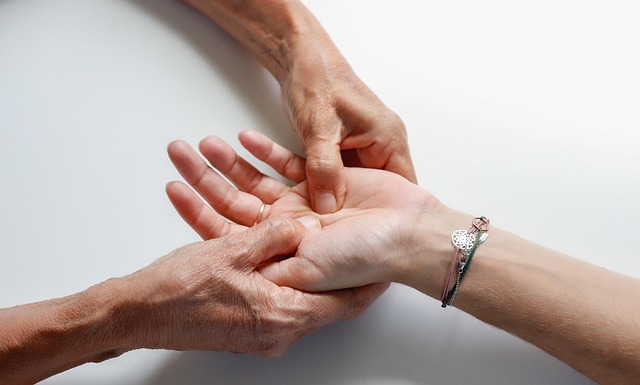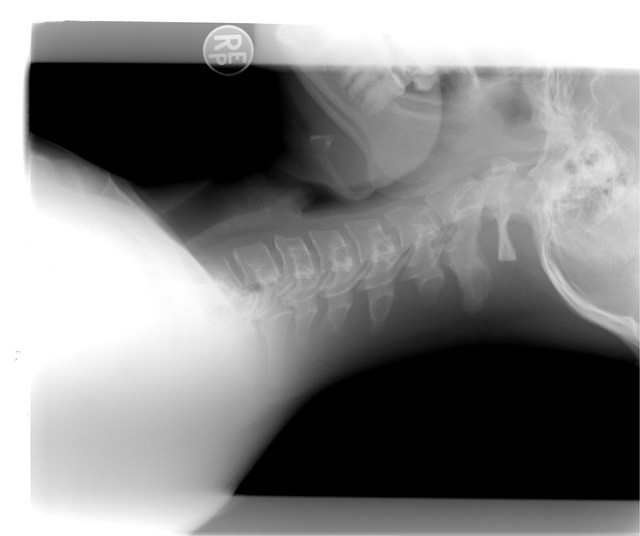In a 2016 study, Michiels and colleagues investigated the effectiveness of a specialized physical therapy treatment in reducing tinnitus symptoms in patients with cervicogenic somatic tinnitus (CST). CST refers to tinnitus that is associated with the sensory system of the neck. While previous case studies hinted at the positive effects of neck treatment on tinnitus, this study aimed to provide solid experimental evidence through a randomized controlled trial.
The study focused on patients who experienced severe subjective tinnitus, as measured by the Tinnitus Functional Index (TFI), and also reported neck complaints, as indicated by the Neck Bournemouth Questionnaire (NBQ). The participants were randomly divided into two groups: one receiving immediate therapy and the other receiving delayed therapy. Both groups received cervical physical therapy over a 6-week period, consisting of 12 therapy sessions.
The researchers assessed TFI and NBQ scores at different points: baseline, after the wait-and-see period for the delayed-start group, immediately after treatment, and after a 6-week follow-up period. The Global Perceived Effect (GPE) was also evaluated at all measuring points except baseline.
The results revealed significant reductions in both TFI and NBQ scores after the completion of treatment. The decrease in NBQ scores remained even after the 6-week follow-up period. Notably, 53% of all patients reported significant improvement in their tinnitus symptoms immediately after treatment, with 24% still experiencing this positive effect at the six-week follow-up.
These findings suggest that cervical physical therapy can have a positive impact on subjective tinnitus complaints in patients with associated neck complaints. However, the researchers acknowledge the need for larger studies using more responsive outcome measures to further validate these results.
This study’s findings hold important implications for the management of CST, emphasizing the potential benefits of incorporating cervical physical therapy into the treatment approach for tinnitus patients with neck complaints. By targeting the somatosensory component of tinnitus through specialized therapy, it may be possible to alleviate tinnitus symptoms and improve overall well-being.
It’s important to note some limitations of the study. The sample size was small, and self-reported measures were used, which may introduce individual interpretation and bias. Additionally, the study did not compare cervical physical therapy to other treatments or control groups, making it difficult to assess its specific contribution. Further research with larger sample sizes and comparative designs is needed to strengthen the evidence base and enhance our understanding of the benefits of multimodal cervical physical therapy for CST patients.
Reference: Michiels, S., Van de Heyning, P., Truijen, S., Hallemans, A., & De Hertogh, W. (2016). Does multi-modal cervical physical therapy improve tinnitus in patients with cervicogenic somatic tinnitus?. Manual therapy, 26, 125-131.



